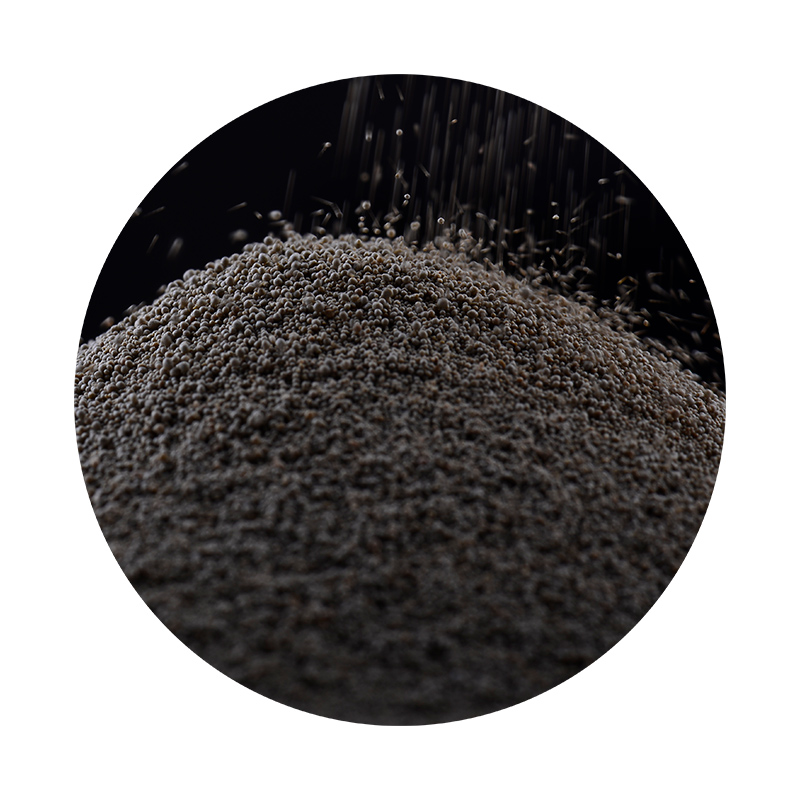Lost Foam Casting Coating An Essential Component in Precision Manufacturing
Lost foam casting (LFC) is a revolutionary manufacturing process that allows for the production of complex metal parts with high precision and minimal waste. One critical aspect of this method is the coating used on the foam patterns. The coating plays a vital role in ensuring the integrity of the final cast product and has a significant impact on the overall efficiency of the casting process.
What is Lost Foam Casting?
In lost foam casting, a foam pattern is created, which replicates the desired metal part's shape. This foam pattern is then coated with a refractory material to form a mold. After the mold is completed, molten metal is poured into it. As the metal fills the cavity, the foam pattern vaporizes (or melts away), leaving behind a solid metal part. This process is particularly advantageous for producing intricate designs and complex geometries that may be challenging with traditional casting methods.
The Role of Coating
The coating used in lost foam casting serves multiple purposes. Firstly, it acts as a barrier between the molten metal and the foam, preventing it from igniting or burning too quickly. Since the foam is made of polystyrene, which is flammable, an effective coating is crucial to ensure safety and control over the casting process.
Secondly, the coating provides structural support to the foam pattern during the pouring process. As the molten metal enters the mold, it exerts pressure on the coating; therefore, a robust coating helps maintain the integrity of the mold, preventing deformation or collapse.
Types of Coatings
lost foam casting coating

Various types of coatings can be used in lost foam casting, commonly categorized as water-based or solvent-based materials. Water-based coatings are preferred for their environmental friendliness and low toxicity. They are often made from a mixture of silica, binders, and other additives that enhance their properties. These coatings are easy to apply and can be tailored to specific applications, improving the efficiency of the casting process.
On the other hand, solvent-based coatings provide excellent adhesion and can handle higher temperatures. However, they may pose environmental and health risks due to the volatility of solvents used. Selecting the appropriate coating type depends on various factors, including the casting material, the complexity of the part, and the production environment.
Challenges in Coating
While the coating process is vital for successful lost foam casting, it is not without its challenges. Achieving uniform thickness is crucial, as variations can lead to defects in the final casting, such as surface roughness or incomplete filling. Additionally, the drying time of the coating can affect production schedules, necessitating efficient methods for curing and hardening.
Innovations in coating technologies continue to emerge, focusing on improving performance and reducing production times. Advanced materials and application techniques are being developed to enhance adhesion, thermal resistance, and overall mold durability.
Conclusion
In summary, lost foam casting is an innovative process that leverages the unique properties of foam patterns to produce high-quality metal parts. The coating used in this process is a critical component that ensures safety, structural integrity, and precision in the final product. As the industry evolves and embraces new technologies, the importance of developing advanced coatings cannot be overstated. These advancements not only improve the efficacy of lost foam casting but also contribute to the broader goals of sustainable manufacturing and reduced environmental impact.
Post time:ನವೆಂ . 11, 2024 18:38
Next:materials used for sand casting
